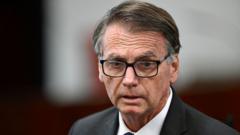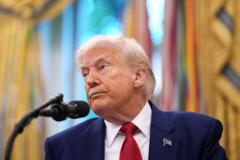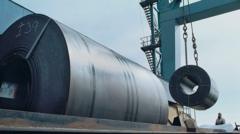In a significant shift in leadership, Canada will hold a federal election on April 28, 2025, which will determine the next governing party. This election sees the Liberal Party, led by Mark Carney—who succeeded Justin Trudeau as prime minister—facing off against the Conservative Party under Pierre Poilievre, who aims to regain control after almost a decade in the opposition.
Canada's Crucial Federal Election Approaches: Everything You Need to Know

Canada's Crucial Federal Election Approaches: Everything You Need to Know
As Canada gears up for its federal election on April 28, citizens are preparing to cast their votes for their preferred representatives.
Eligible voters include all Canadian citizens, including those incarcerated or residing abroad, with the exception of the chief electoral officer during their term and, by tradition, the governor general to maintain political neutrality. Voters will primarily focus on electing their local representative to the House of Commons, which will consist of 342 members—a slight increase due to population growth. The election uses a “first past the post” system, permitting a candidate to win without requiring a majority of votes.
Canadians should have received postal cards indicating their polling locations and details for advanced voting, which begins shortly. Elections Canada has provisions to assist those experiencing issues with their voter cards.
As the date approaches, understanding the voting process is vital for all Canadians eager to participate in shaping their government.
Canadians should have received postal cards indicating their polling locations and details for advanced voting, which begins shortly. Elections Canada has provisions to assist those experiencing issues with their voter cards.
As the date approaches, understanding the voting process is vital for all Canadians eager to participate in shaping their government.






















